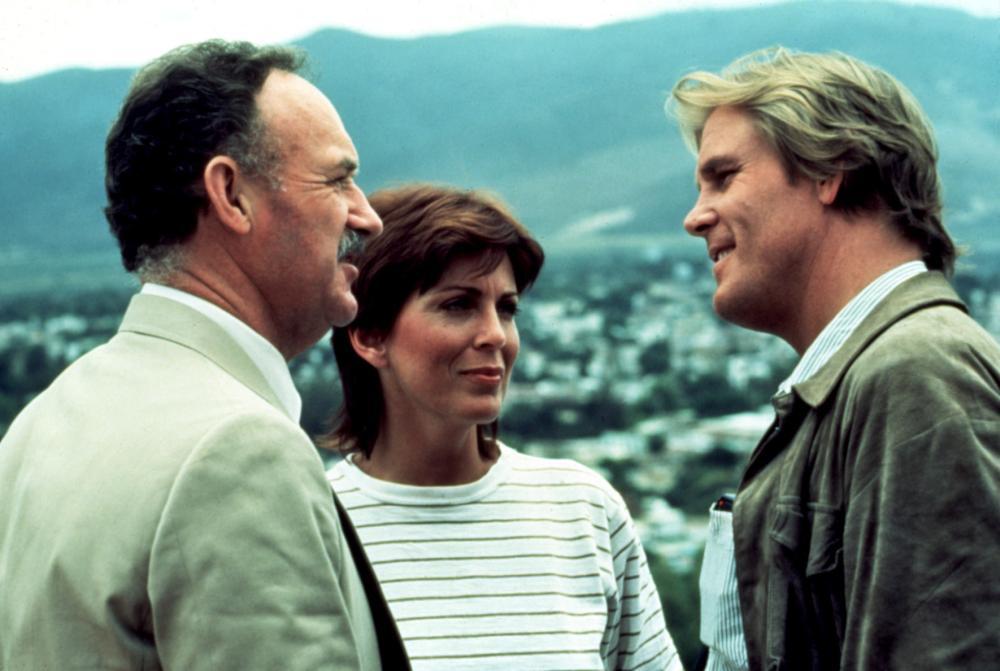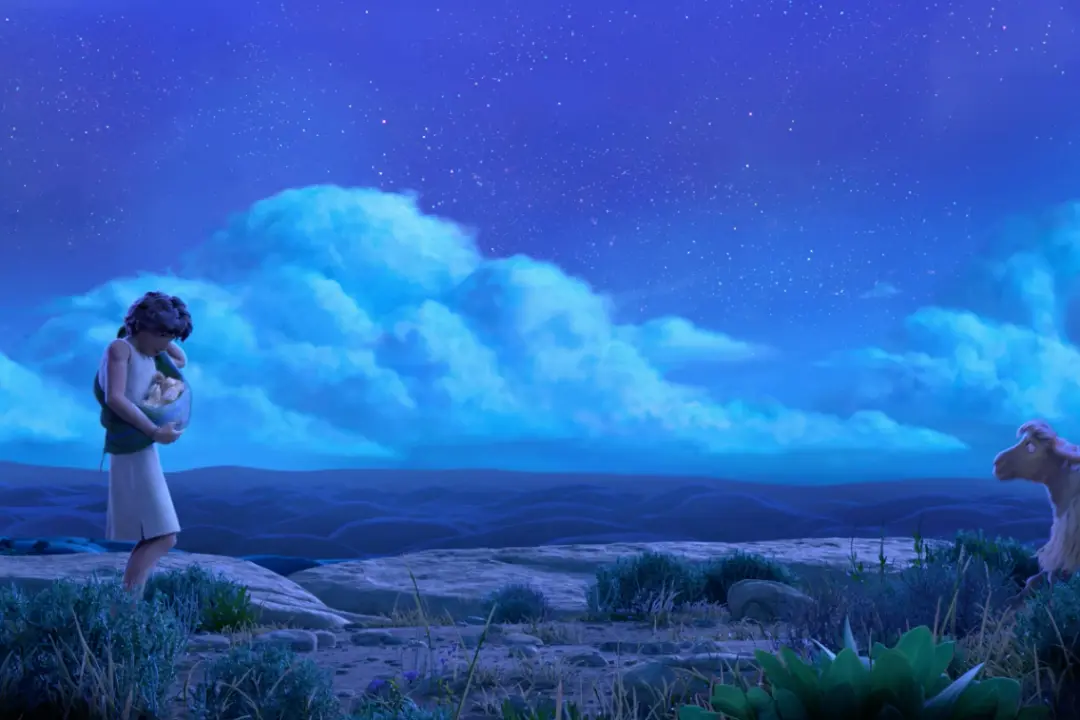R | 2 h 8 min | Drama | 1983
Nicaraguans have long been at the mercy of deadly regimes, whether dictators or Cuban and Russian-inspired communists. But the world would’ve been blind to both horrors were it not for the courage and integrity of international journalists. ABC-TV’s Bill Stewart was one such.





